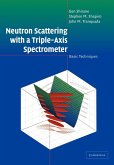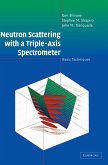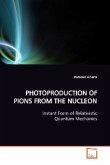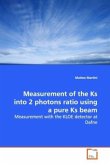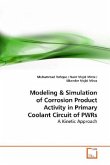Ion time-of-flight spectrometry techniques are
investigated for potential application to neutron
depth profiling. Time-of-flight techniques are used
extensively in a wide range of scientific and
technological applications including energy and mass
spectroscopy. Ion time-of-flight spectrometry offers
highly precise measurement capabilities, particularly
for slow particles. Time-of-flight spectrometry
involves correlated detection of two signals by a
coincidence unit. In ion time-of-flight spectroscopy,
the ion generates the primary input signal. The
secondary signal can be obtained by a number of ways.
In this work, the secondary signal is created by the
passage of the primary ion through a thin carbon
foil. Two ion time-of-flight spectrometer design
paradigms are introduced: the parallel electric and
magnetic (PEM) field spectrometer and the cross
electric and magnetic (CEM) field spectrometer.
investigated for potential application to neutron
depth profiling. Time-of-flight techniques are used
extensively in a wide range of scientific and
technological applications including energy and mass
spectroscopy. Ion time-of-flight spectrometry offers
highly precise measurement capabilities, particularly
for slow particles. Time-of-flight spectrometry
involves correlated detection of two signals by a
coincidence unit. In ion time-of-flight spectroscopy,
the ion generates the primary input signal. The
secondary signal can be obtained by a number of ways.
In this work, the secondary signal is created by the
passage of the primary ion through a thin carbon
foil. Two ion time-of-flight spectrometer design
paradigms are introduced: the parallel electric and
magnetic (PEM) field spectrometer and the cross
electric and magnetic (CEM) field spectrometer.


